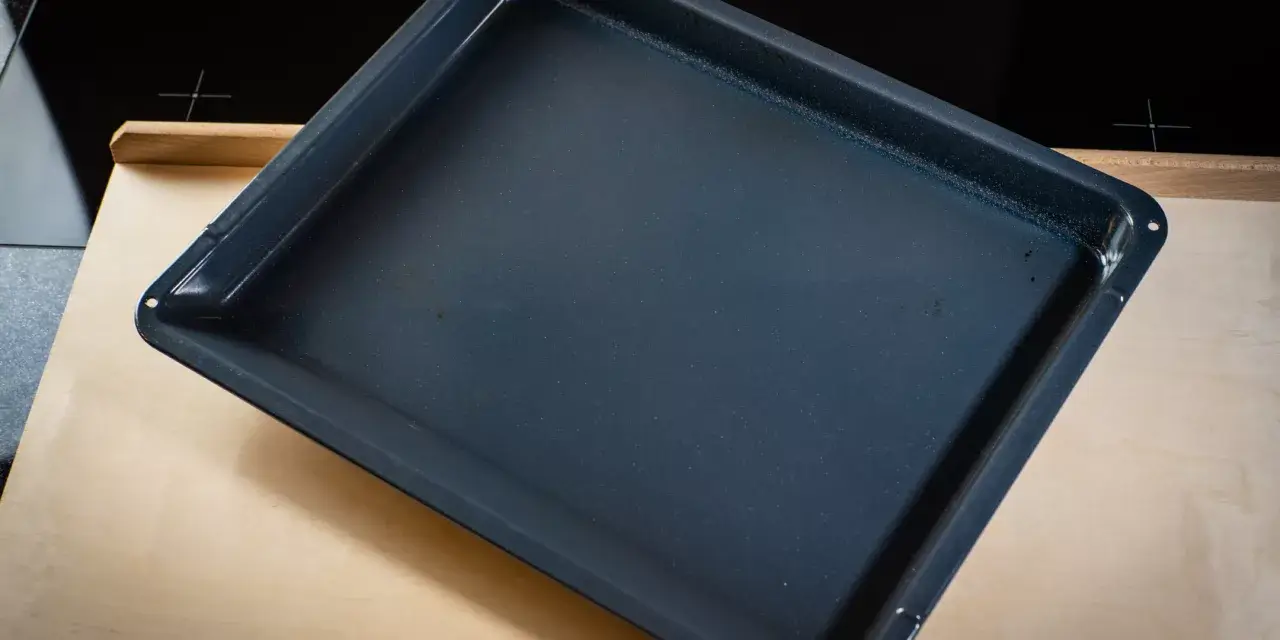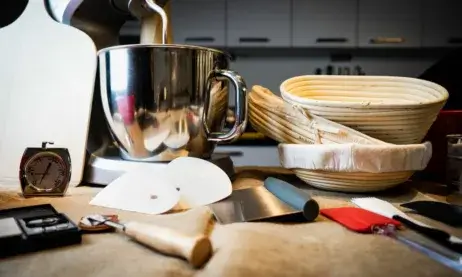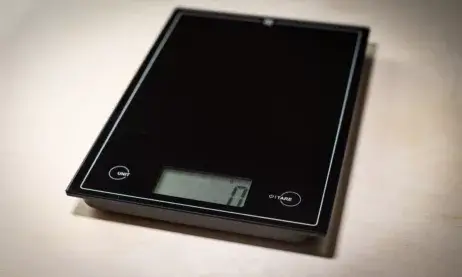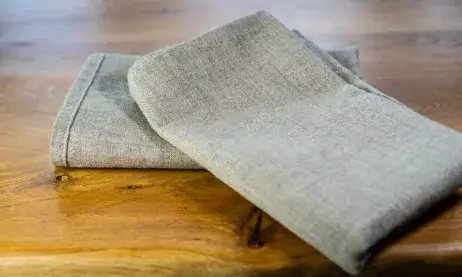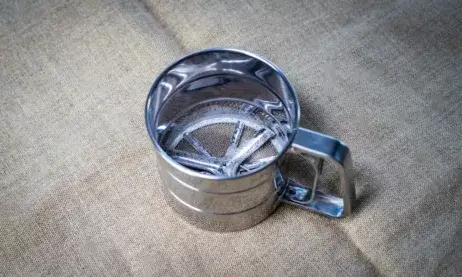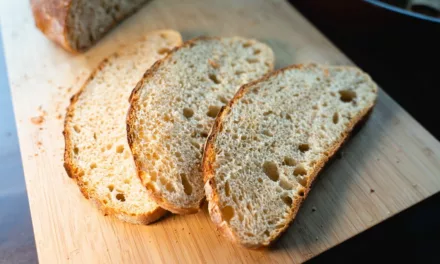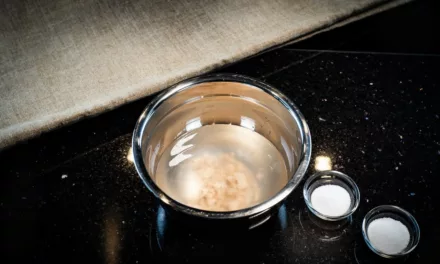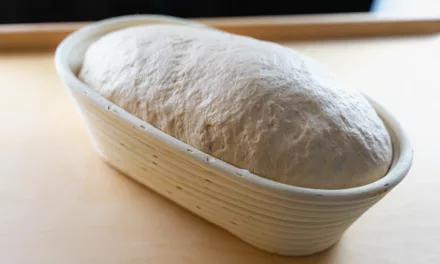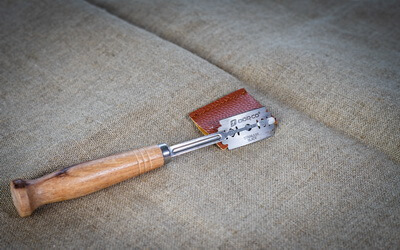Welcome to your next baking adventure! I’m about to introduce you to a tool that will revolutionize your baking experience: the baking sheet.
Inconsistency in baking results can be frustrating. I’ve been there. But here’s the good news: the baking sheet is a game-changer. Its superior heat distribution ensures evenly baked goods every time, taking the guesswork out of baking.
You might wonder why you should trust my advice. Well, with years of baking experience and countless hours spent perfecting recipes, I’ve tested various baking tools and techniques. And I can confidently say that the baking sheet stands out.
Ready to delve into the world of baking sheets? Stick around. By the end of this guide, you’ll not only understand the different types of baking sheets but also how to choose the right one for your needs. Trust me, you don’t want to miss this.
Table of Contents
- What is a Baking Sheet?
- Benefits of Using a Baking Sheet
- Types of Baking Sheets
- Ceramic Baking Sheets
- Stainless Steel Baking Sheets
- Cast Iron Baking Sheets
- Choosing the Right Baking Sheet
- Considerations for Selection
- Size and Shape
- Material
- Heat Distribution
- Maintenance and Durability
- Using a Baking Sheet
- Preheating
- Proper Placement
- Cooking Techniques
- Cleaning and Care
- Where to Buy a Baking Sheet
- Conclusion
- Frequently Asked Questions (FAQ)
What is a Baking Sheet?
A baking sheet, also known as a baking stone or pizza stone, is a thick, flat slab made from various materials such as ceramic, stainless steel, or cast iron. It serves as a versatile surface for baking bread, pizzas, pastries, and more. The baking sheet is designed to absorb and distribute heat evenly, resulting in a crispy and evenly cooked end product.
Benefits of Using a Baking Sheet
Using a baking sheet offers several advantages that can elevate your baking experience. Here are some key benefits:
- Superior Heat Distribution: Baking sheets excel at distributing heat uniformly, ensuring consistent baking results. This even heat distribution helps prevent hot spots and promotes thorough browning.
- Enhanced Crust Crispiness: The porous nature of baking sheets allows moisture to escape from the dough, resulting in a crispier crust. Whether you’re baking artisan bread or homemade pizza, the baking sheet helps achieve that desired crunch.
- Versatility: Baking sheets are incredibly versatile. They can be used to bake a variety of items, including bread, pastries, cookies, and even reheating leftovers. Their functionality extends beyond just baking pizzas.
- Retains Heat: Baking sheets have excellent heat retention properties. Once heated, they can maintain a high temperature for an extended period. This feature is particularly beneficial when baking multiple batches or longer recipes.
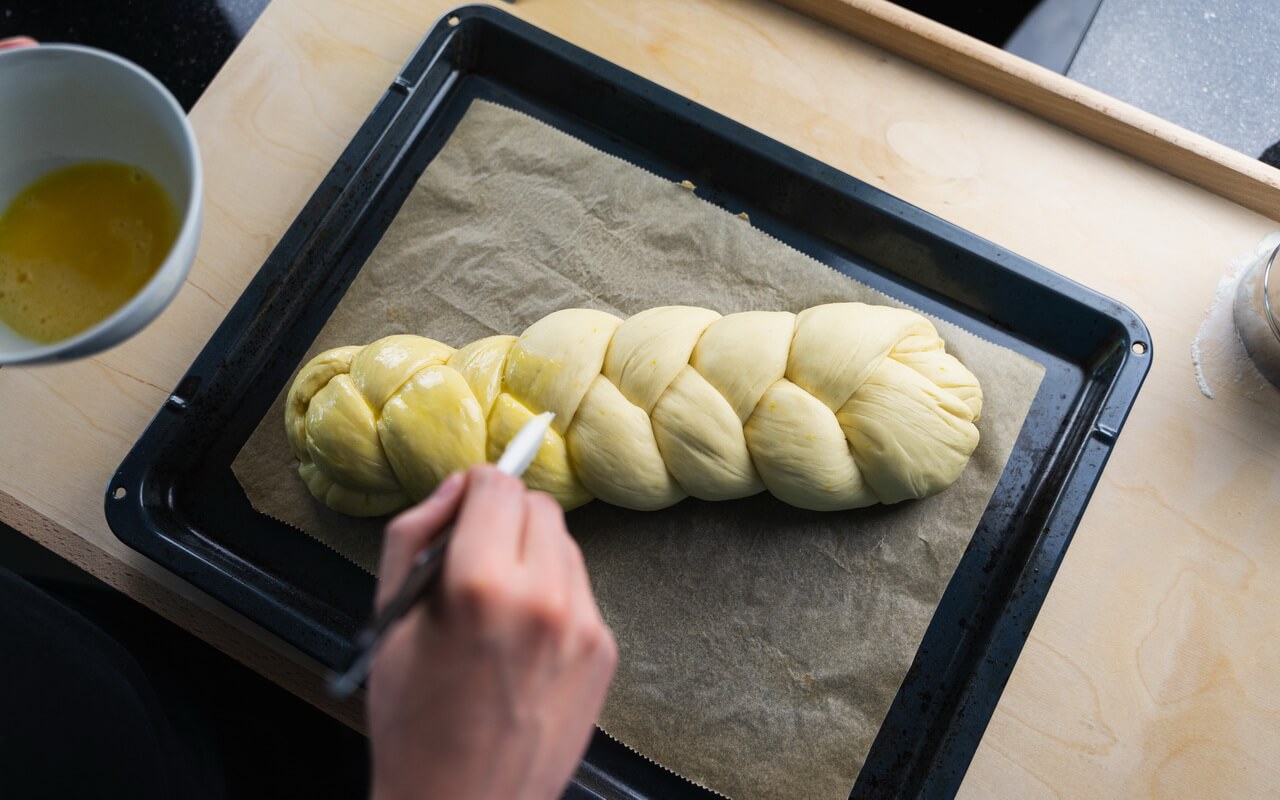
Types of Baking Sheets
Baking sheets come in various materials, each with its unique characteristics. Let’s explore the most common types:
Ceramic Baking Sheets
Ceramic baking sheets are a popular choice among home bakers. They are known for their ability to distribute heat evenly and absorb moisture, resulting in a crispy crust. Ceramic sheets are also non-stick, making them easy to clean. However, they require proper handling to prevent cracking or breaking.
Stainless Steel Baking Sheets
Stainless steel baking sheets offer durability and are resistant to rust and corrosion. They heat up quickly and evenly, providing consistent baking results. Stainless steel sheets are also dishwasher-safe, making cleanup a breeze. However, they may not retain heat as well as other materials.
Cast Iron Baking Sheets
Cast iron baking sheets are renowned for their exceptional heat retention properties. They ensure an even distribution of heat, resulting in perfectly baked goods. Cast iron sheets require seasoning and regular maintenance to prevent rusting, but their longevity and performance make them a favorite among professional bakers.
Choosing the Right Baking Sheet
Selecting the right baking sheet for your needs is crucial. Consider the following factors before making a purchase:
Considerations for Selection
- Size and Shape: Choose a baking sheet that fits your oven and the size of the items you frequently bake. The sheet should provide ample space for heat circulation.
- Material: Consider the material’s properties, such as heat retention, durability, and maintenance requirements. Ceramic, stainless steel, and cast iron each have their strengths and weaknesses, so select one that aligns with your preferences.
- Heat Distribution: Ensure the baking sheet has excellent heat distribution capabilities to avoid unevenly baked goods.
- Maintenance and Durability: Evaluate the maintenance requirements of the baking sheet. Some materials may need special care, while others are more forgiving. Consider the durability of the sheet to ensure it will withstand frequent use.

Using a Baking Sheet
Now that you have chosen the perfect baking sheet, here are some essential tips for using it effectively:
Preheating
Before baking, preheat the baking sheet in the oven to allow it to reach the desired temperature. This step ensures that the sheet retains heat and promotes even baking.
Proper Placement
Place the baking sheet on the center rack of the oven for optimal heat circulation. Avoid placing it directly on the oven floor, as it may lead to uneven heat distribution.
Cooking Techniques
Experiment with different cooking techniques when using a baking sheet. For example, for a crispier crust, you can try preheating the sheet and then transferring the dough onto the hot surface.
Cleaning and Care
Proper cleaning and care can extend the lifespan of your baking sheet. Here are some guidelines to follow:
- Avoid Soap: Do not use soap when cleaning your baking sheet, as it can absorb into the material and affect the taste of future baked goods. Instead, use a scraper or brush to remove any residue, and rinse with warm water.
- Seasoning (For Cast Iron): If you have a cast iron baking sheet, periodically season it with oil to maintain its non-stick surface and prevent rust.
- Storing: Allow the baking sheet to cool completely before storing it to prevent any moisture retention. Store it in a dry place to avoid potential damage.
Where to Buy a Baking Sheet
If you’re looking to purchase a baking sheet, there are several options available to you. One convenient and reliable choice is to buy a baking sheet online from Amazon. Platforms like Amazon offer a wide range of baking sheets from reputable suppliers. When searching for a baking sheet, make sure to select one that meets your requirements and preferences.
Conclusion
Investing in a baking sheet can significantly enhance your baking endeavors. The superior heat distribution, enhanced crust crispiness, and versatility make it a valuable tool for both amateur and professional bakers. By choosing the right baking sheet and utilizing proper techniques, you can achieve delicious and perfectly baked goods every time.
Frequently Asked Questions (FAQ)
Can I use a baking sheet for frozen pizza?
Yes, a baking sheet is perfect for baking frozen pizza. It will help ensure a crispy crust and even cooking.
Can I use a baking sheet for baking cookies?
Absolutely! A baking sheet can be used for baking cookies and will contribute to even browning and a delightful texture.
Can I leave my baking sheet in the oven all the time?
While it’s safe to leave the baking sheet in the oven, it’s not necessary unless you’re using it for every baking session. Remove it when not in use to avoid any accidental damage.
How do I prevent my baking sheet from cracking?
To prevent cracking, avoid exposing the baking sheet to sudden temperature changes. Always preheat it gradually and allow it to cool down slowly before cleaning or storing.

